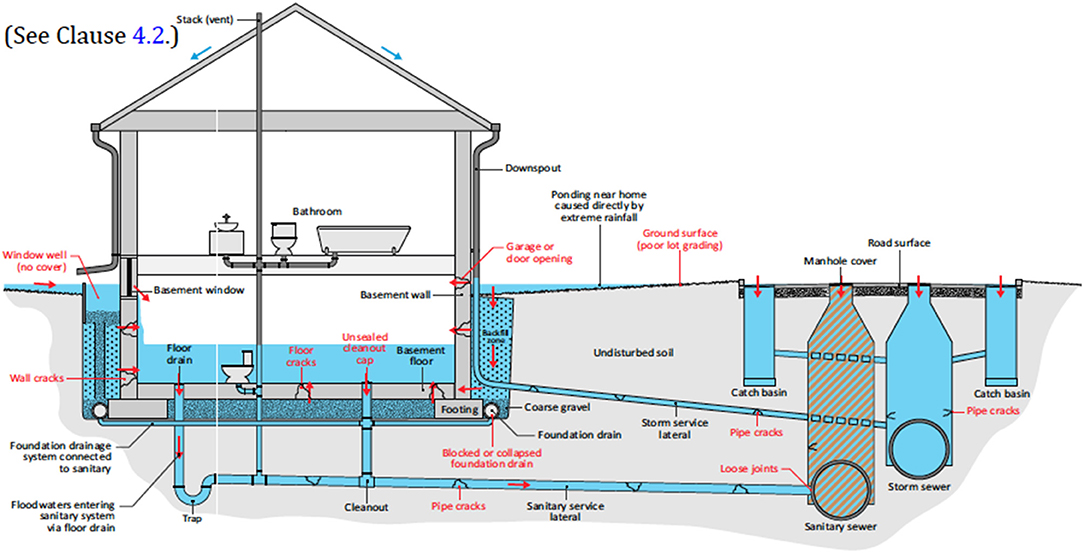

Insulations are usually solid materials (so-called body insulation), but radiant barriers that control only radiation heat transfer across air spaces are also available. These building products are called thermal insulations. However, some materials with a k-value lower than about 0.05 to 0.07 W / m ∙ K are deliberately used in building assemblies for their ability to retard the flow of heat. The heat is then transferred by conduction through the brick and transferred to the indoor air by convection and to the indoor surfaces by radiation.Īll materials and layers in a building assembly have some resistance to heat flow. For example, the sun transmits heat by radiation to the earth, where it can be absorbed, for example, by a brick wall. The mode of heat transfer often changes during the process of heat flow through and within building systems. This energy is sometimes called latent heat. For example, evaporation absorbs energy and condensation releases energy. State change, sometimes called phase change, occurs at a constant temperature but still entails the movement of energy. Radiation is mostly of importance for heat transfer between solids and within highly porous solids, but radiation between high-temperature gases is occasionally of practical importance. All objects above absolute zero radiate heat energy it is the net radiative heat transfer that is the heat transfer of interest. Heat transfer by this mode therefore requires a line of sight connection between the surfaces involved. Radiation is the transfer of heat by electromagnetic waves through a gas or vacuum. This is an important heat transfer mode between fluids and solids, or within fluids. It is the most important heat transport mode for solids it is sometimes important for liquids, and it is occasionally important for gases.Ĭonvection is the transfer of heat by the movement or flow of molecules (liquid or gas) with a change in their heat content.

This contact occurs within a material or through two materials in contact. Heat transfer occurs by three primary mechanisms, acting alone or in some combination:Ĭhanges in moisture state, although not strictly an energy transfer mechanism, must also be considered since these state changes absorb and release heat energy, i.e., latent heat.įigure 1: Conduction of heat through a solid.Ĭonduction is the flow of heat through a material by direct molecular contact. In almost all real situations, heat flow occurs in three dimensions but, from a practical point of view, it is often acceptable to simplify considerations to only one-dimensional, or series, heat flow. Heat flow can occur in one, two, or three dimensions. However, for some problems the assumption of steady flow can result in significant errors. Depending on the particular problem, the assumption of steady-state conditions may provide sufficiently accurate predictions of actual heat flow and temperature conditions. Steady-state heat flow occurs when the temperature and heat flow reach a stable equilibrium condition that does not vary with time. In the transient state, temperature and/or heat flow vary with time. Heat flow can be a transient or a steady process.


 0 kommentar(er)
0 kommentar(er)
